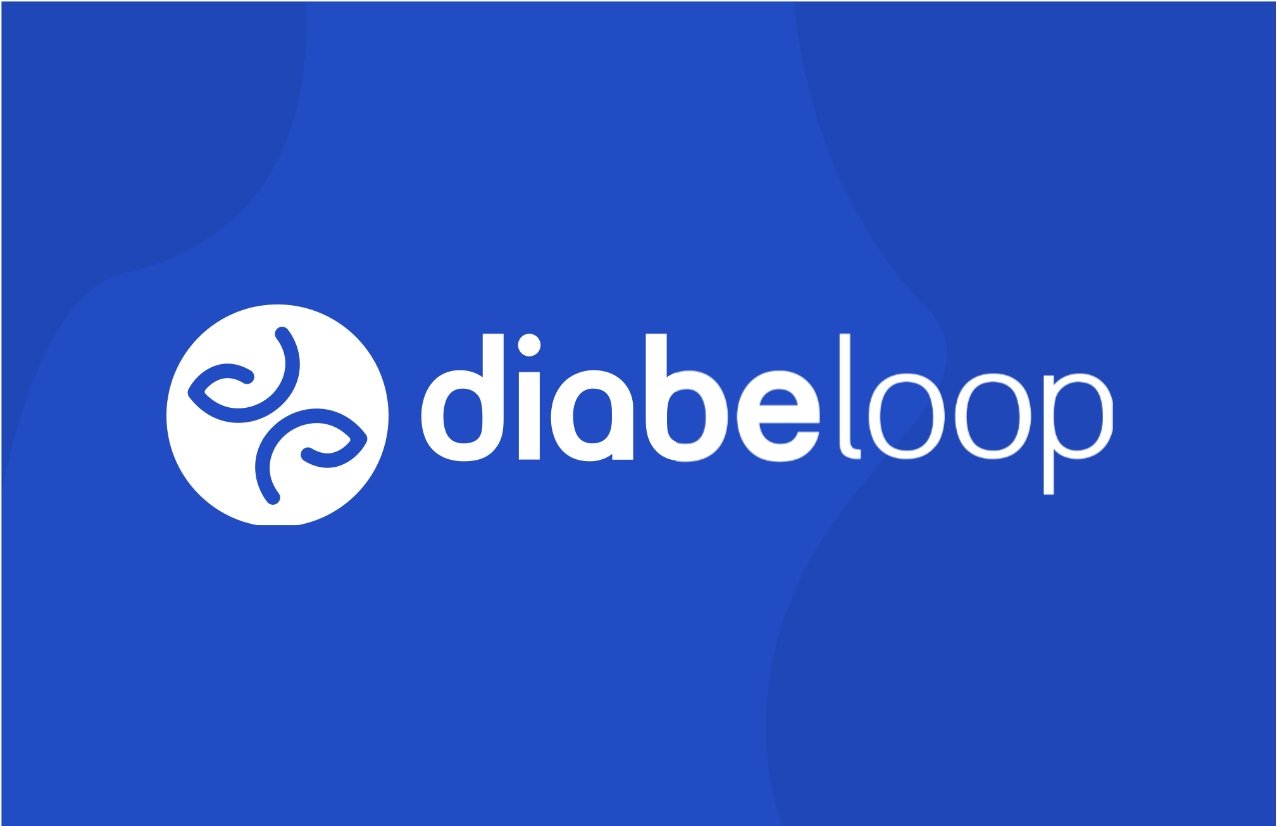Blog
Four Essential Questions Healthcare Marketers Are Asking in 2021

David Edelman
Founder & CEO
Market Research

As patients play an increasingly critical role in health care product selection, there’s never been a more critical time for marketers to have quick, easy, and affordable access to quality patient insights.
Healthcare regulations, an increasingly rapid pace of innovation, and a patient population with 24/7 access to health information (both good and bad) all translate into enormous pressure on today's healthcare marketers.
Meanwhile, they’re also struggling under pressure to cut costs while producing results with greater speed and agility. Fortunately, we’ve found through our work with market research teams that access to on-demand patient insights allows companies to get reliable answers to the four essential questions that lead to better healthcare products and services.
#1. What do patients want?
Whether developing an entirely new product or evolving an existing service line, the process requires a huge investment of time, resources, and budget. Being able to identify early on that patients are excited about your offering — and conversely, that nobody is actually interested in what your company plans to develop — is make or break information.
Why spend three months on a prototype only to learn that the market isn’t interested? Or that major adaptations are required in order to make the product more appealing? On-demand insights allow companies to confirm the validity of their product roadmap by designing research projects to uncover everything from the features that will improve product performance the most (and thereby patient satisfaction) to which features are tied most closely to profit goals.
#2. Does our product work — and for whom?
Beyond validating a product roadmap, companies need to be able to pivot when the unexpected is learned. This is why usability studies play an important role in gathering continuous patient feedback as part of the product design and development process.
In the past, budget concerns and time constraints associated with traditional market research approaches meant usability studies were conducted only at the earliest phases of development or when nearing release. Today, the efficiency and cost-effectiveness of on-demand patient insights allow teams to integrate usability testing throughout all phases of development. Among the most valuable outcomes of a more iterative research approach is that direct patient feedback clarifies internal debates regarding how customers will interact with a product. Often, it reveals functional issues that aren’t always readily apparent to design and development team members.
#3. How and what do we need to communicate?
Effective communications provide a strong foundation for establishing and maintaining trust with patients. Clear and compelling messaging is achieved when teams know which messages are easy to understand, effective in conveying customer value, and ideal for prompting target audience members to take the desired action.
When marketers skip research to shape the messaging strategy simply because they believe the process is too time-consuming and expensive, they risk implementing communications that fail to educate patients on how they will benefit from a product or service. On the other hand, those that make patient insights an integral part of the company’s messaging strategy will find that not only are they able to convert more patients into customers, they’re also able to turn customers into fierce advocates of the product or service and further extend the positive impact influencers have on the company’s success.
#4. How can we maximize revenue?
Arriving at an optimal pricing strategy involves assessing a range of variables, including costs, product positioning and differentiation, customers, and competitors. Whether the pricing strategy is for an entirely new product, a bundled product offering, or a shift in the competitive landscape, making sure that customer insights are always used to inform pricing strategy will help increase revenue generation.
For example, instead of raising the price of a product without any insight into patient perspectives (only to find that the company loses customers to competitors faster and in greater numbers than projected), marketers can use on-demand insights to gauge reactions among patients to a proposed pricing change. Modifications can be made to arrive at the best balance between how much a product or service costs and what patients and insurers are willing to pay.
Historically, healthcare companies have treated a pricing study as a one-off event rather than an iterative process of honing a value proposition to a pricing model. By adopting a more agile research workflow, companies can work with smaller groups of patients to make a compounding series of incremental improvements before validating the results in a larger study.
In the end, what on-demand access to patient insights in real time really does is make the continual improvement of health care products and services a reality. It allows market researchers to solve their most pressing challenges by bringing the voice of the customer to the forefront quickly — and in the meaningful ways that arrive at a deeper understanding of patient preferences and perspectives.
About the author

David Edelman
Founder & CEO
David founded Thrivable to help patients and companies create a better world together. He is committed to bringing Thrivable's vision to life while cultivating a joyful, deliver extraordinary culture. David believes that when you bring people together to do good, everyone thrives.





